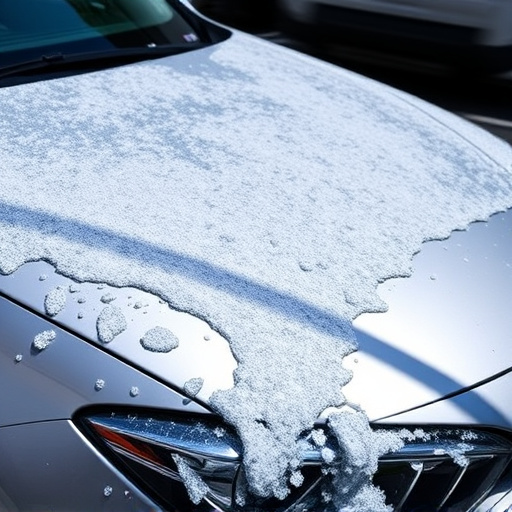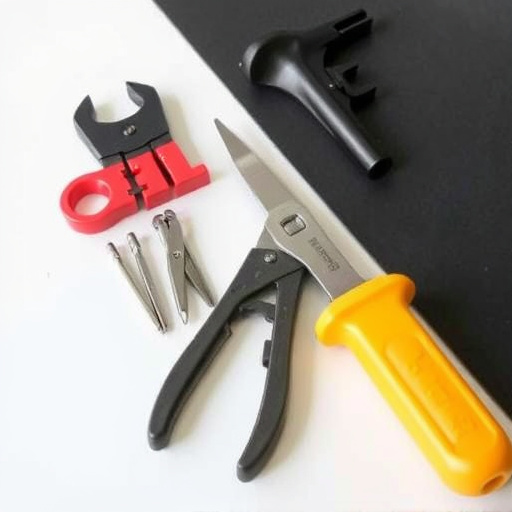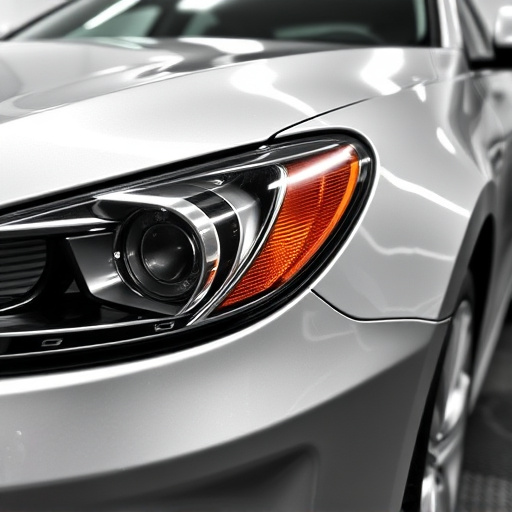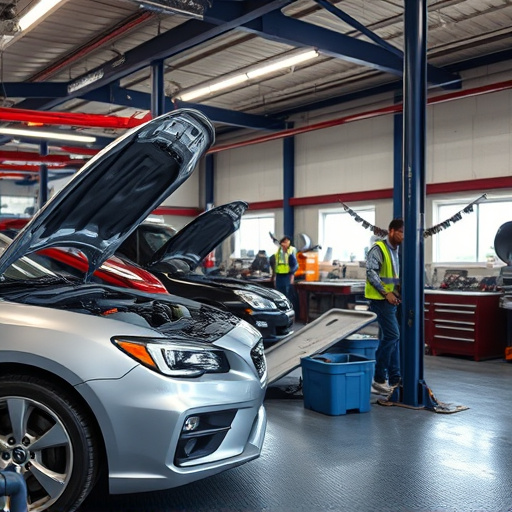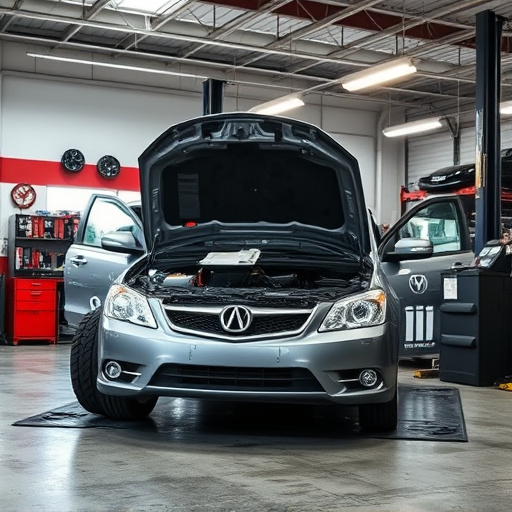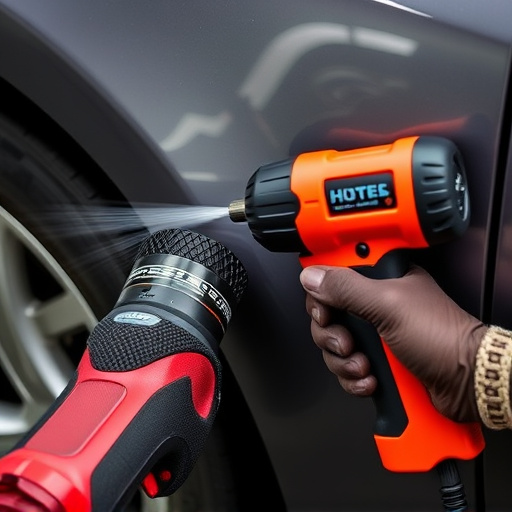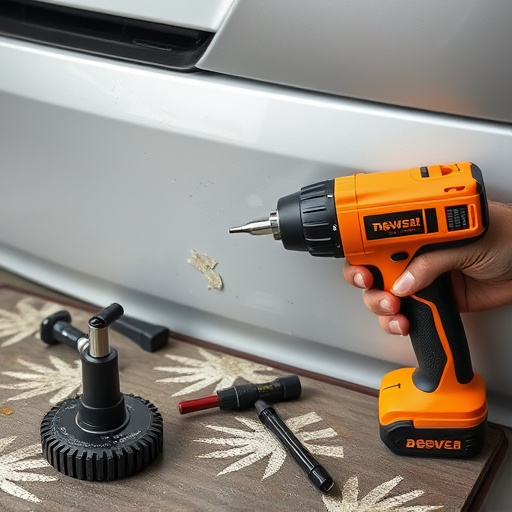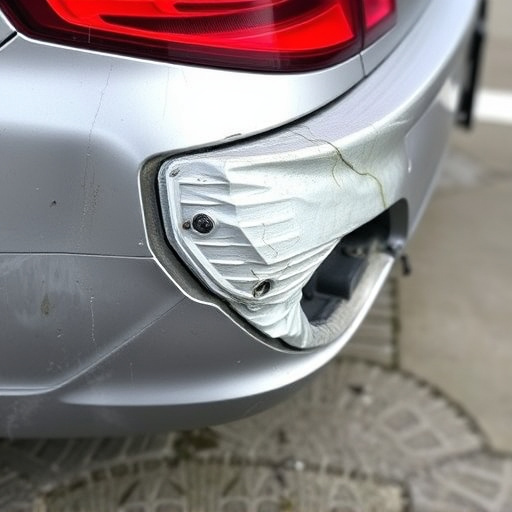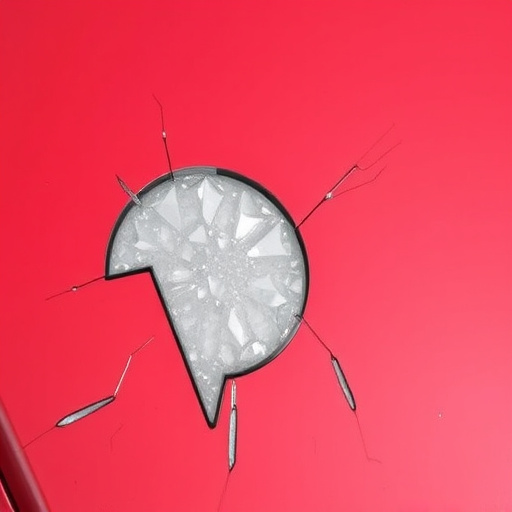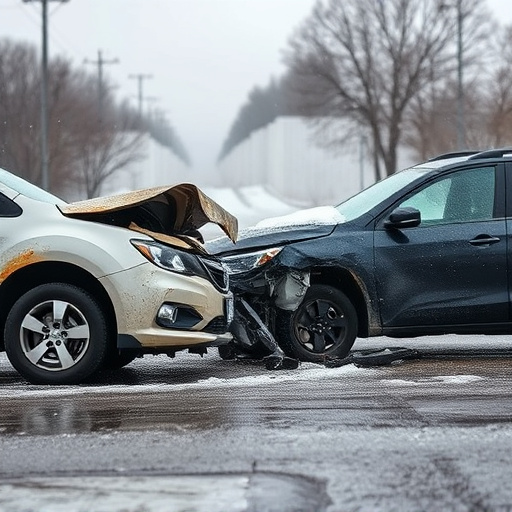Mercedes Lane Assist requires regular recalibration to maintain accurate camera alignment, vital for safe driving assistance. Damage, debris, or wear can misalign the camera, leading to false warnings. Specialized collision repair centers offer ADAS calibration using advanced tools and techniques to realign the camera. Recalibration involves a meticulous process: secure parking, inspect camera components, power on, access software, follow on-screen instructions for data gathering, and post-recalibration testing.
Mercedes’ Lane Assist system is a driver aid designed to keep your vehicle centered in its lane, enhancing safety. However, like any advanced technology, it can misalign due to various factors, such as camera obstructions or wear over time. When the system’s cameras fail to align properly, it necessitates a recalibration. This article guides you through understanding Mercedes Lane Assist and its camera alignment, identifying common misalignment issues, and providing step-by-step instructions for successful recalibration, ensuring your vehicle’s lane-keeping assistance is optimized.
- Understanding Mercedes Lane Assist and Camera Alignment
- Reasons for Misalignment Requiring Recalibration
- Steps to Recalibrate Mercedes Lane Assist System Effectively
Understanding Mercedes Lane Assist and Camera Alignment

Mercedes Lane Assist is an advanced driver-assistance system (ADAS) designed to keep your vehicle centered in its lane and warn you if it detects any drift. This feature utilizes a camera that captures images from in front of your vehicle, analyzing road markings and lane boundaries. However, over time, the camera’s alignment might become compromised due to various factors like accidental bumps, wear and tear, or even regular use. When this happens, the system may not function optimally, leading to a potential safety hazard.
Proper Mercedes lane assist recalibration is necessary to ensure the system operates accurately. This process involves realigning the camera to provide clear and precise lane marking data. Many collision repair centers specialize in ADAS calibration services, offering high-quality auto repair for any issues related to these sophisticated systems. They employ advanced techniques and tools to adjust and calibrate the camera, restoring your vehicle’s lane-keeping capabilities, and enhancing overall safety while driving.
Reasons for Misalignment Requiring Recalibration
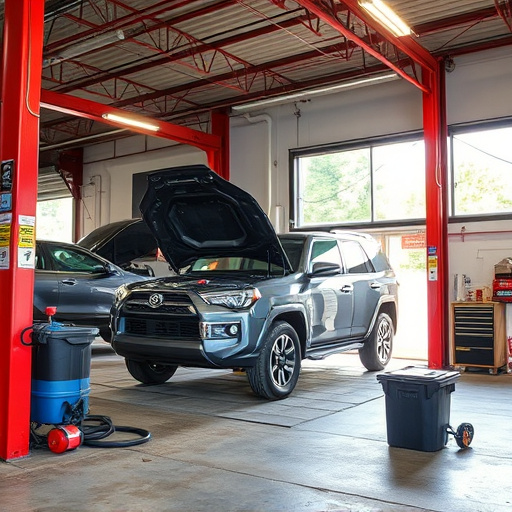
The precision of Mercedes’ Lane Assist system relies heavily on the alignment and functionality of its cameras. Several factors can contribute to misalignment, necessitating a Mercedes lane assist recalibration. These include but are not limited to accidental damage during car collision repair or car dent repair, debris or dirt accumulation on the camera lenses, and normal wear and tear over time. Even slight misalignments can significantly impact the system’s performance, potentially leading to false warnings or even failure to detect lane markings altogether. To ensure optimal safety features, regular checks for camera alignment are crucial, with recalibration being a necessary step when issues are detected, encompassing comprehensive car repair services as needed.
Steps to Recalibrate Mercedes Lane Assist System Effectively

Recalibrating the Mercedes Lane Assist system is a precise process that requires careful attention to detail. Begin by ensuring your vehicle is safely parked and all necessary tools are readily available. Next, locate the camera components within the vehicle, typically found near the front or rear bumpers. Inspect them for any signs of damage or debris accumulation, cleaning as needed before proceeding.
Switch on the ignition and access the vehicle’s diagnostic system using specialized software. Navigate to the Lane Assist settings and initiate the recalibration process following the on-screen instructions. During this procedure, the system will guide you through various steps, including driving at specific speeds while maintaining a steady lane position. This data ensures the system’s accuracy. Once complete, test the Lane Assist functionality immediately after recalibration to confirm optimal performance, especially during vehicle collision repair or classic car restoration processes, ensuring safe and reliable driving assistance.
Mercedes Lane Assist systems, designed to keep vehicles centered in their lane, rely on precise camera alignment. Misalignment can lead to ineffective steering assistance and potential safety risks. Regular checks and recalibration, especially after changes like tire rotations or accidents, are crucial to ensure the system functions optimally. By following the outlined steps for effective recalibration, Mercedes owners can restore their Lane Assist’s accuracy and enhance overall driving experience and vehicle safety.

